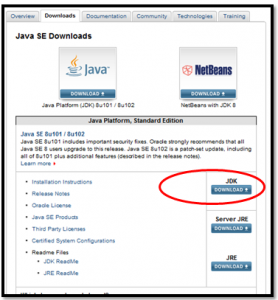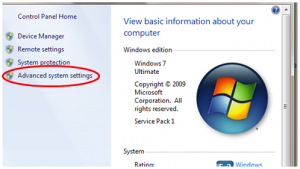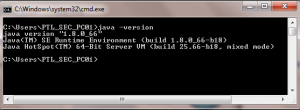How to run a simple test with Appium
What is Appium?
- Native, hybrid and mobile web software application test automation tool.
- Open source tool
- Can be used with actual devices, emulators or simulators.
- Useful to automate Android, iOS and FirefoxOS platform apps
For this tutorial I will test the default Android calculator App.
Step 1: Installing java/ JDK in Windows
JDK: Java Development Kit
Use the following link to download the JDK
Click JDK download button as shown in the below figure. It will redirect you to Java SE development kit 8 downloads page

Click on “Accept License Agreement” and download the required JDK file based on your OS. Then click on the required exe file based on your Os platform
Save the file into your computer. Double click on the file to install it. Complete the installation process by selecting the default configurations as it is.
Go to C:\Program Files\Java. There will be a jdk folder with the version number. Copy it’s folder path.
In order to set the JAVA_HOME variable, go to My computer>>Properties (Right click on my computer to open properties)

Select Advanced system Settings.It will open up a system properties window. Select Environment variables from that window.
Under System Variables click on New. Set variable name to JAVA_HOME. Paste the jdk folder path(Which you copied to your clipboard earlier) for variable value. The location will be different according to your java installation path and installed version. Close all the dialogs by clicking OK
Next we need to set the path variable for java. In side your jdk folder there is a bin folder. Copy it’s path to your clipboard.
Again go to My Computer>>Properties>>Advanced System Settings>> Environment variables. Under system variables select the path variable and click Edit. At the end of the path variable add a semicolon (;) and paste the path of your bin folder which you copied. Close all the dialogs by clicking OK
To verify the installation follow the below steps……
Open the command prompt in your computer and type the command java -version (Refer the below image)

If the installation and configuration is successful it will show your installed java version details as shown above.
READ THE NEXT TUTORIAL TO CONTINUE WITH STEP 2……!!!
Tutorial 02 Tutorial 03 Tutorial 04 Tutorial 05 Tutorial 06 Tutorial 07

Comments